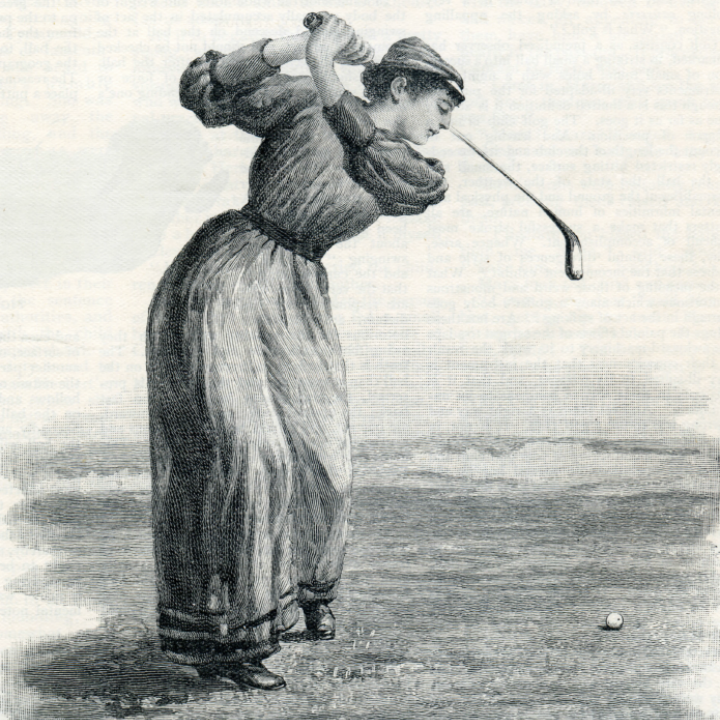
Society and Culture
This section covers material on women’s changing roles in culture and society. This includes women’s work and leisure and female organisations and activism, as well as women’s relationship to fashion and the arts.
The period of 1776-1928 saw the formation of an organised women’s movement in the United States, Britain and many other European countries. Early feminists campaigned for suffrage, increased employment opportunities and education for women, and sexual reform. Socialist feminists also had close connections with the trade union and labour movements which began in this period. In Britain and across Europe, the outbreak of the First World War created new roles for middle-class women as nurses and ambulance drivers at the front and in munitions factories although the war did little to change social and cultural conceptions of gender roles. This period also saw the birth of a number of new literary and artistic movements in which women played an important part. In the 1880s and 90s, New Woman writers used the medium of the novel to challenge women’s subordinate status in marriage. The rise of literary modernism in the early twentieth century opened up new ways for women to write about female experience and relations between women.
The study of women in society and culture of this period has been dominated by the discussion of separate spheres. Derived from Victorian domestic ideology, this phrase refers to the gendered division of roles in which woman is confined to the home whilst man belongs to the public realm of politics, industry and commerce. Much early work in the field is concerned with applying the model of ‘separate spheres’ to different areas of women’s experience and showing how women philanthropists and activists utilised this model to argue for the extension of women’s influence, for instance in the rescue of ‘fallen’ women and girls and in campaigning for votes for women. More recent scholarship has challenged the usefulness of separate spheres as an overarching paradigm for understanding gender role in Victorian and society on the basis that it overstates the distinction between public and private and excludes the experiences of many working-class and non-white women.
This section contains important early collections on the nineteenth-century woman by Lorna Duffin and Sara Delamont and by Martha Vicinus together with a substantial body of scholarship on Victorian prostitution and sexual reform. The section also contains two key historical studies on the impact of the First World War on women’s lives by Susan R. Grayzel and Gail Braybon. Primary material includes collections on women’s conduct literature and fashion, women’s Fabians tracts and radical pamphlets, and anthologies of primary texts relating to public debates about sexuality in late-Victorian Britain encompassing the journalism and selected letters of New Woman writer Sarah Grand.